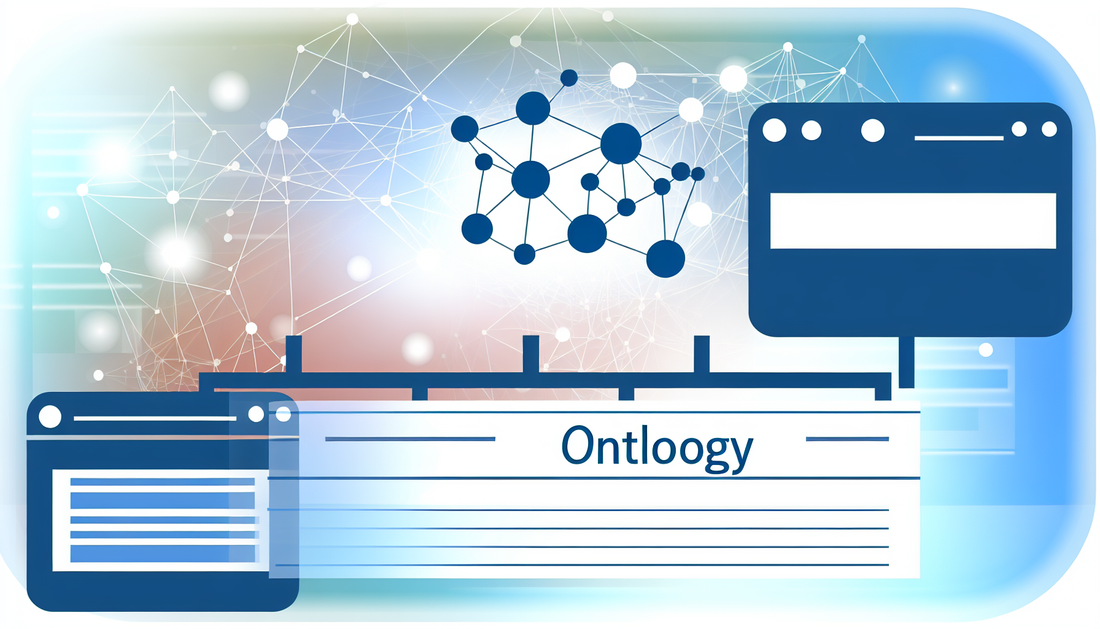
Decoding Ontology Gas: The Backbone of ONG
Share
Understanding the Tokenomics of Ontology Gas (ONG)
Ontology Gas (ONG) is integral to the Ontology ecosystem, which focuses on providing a high-performance public blockchain. Unlike many other cryptocurrencies, ONG is not just a token; it plays a specific functional role within the Ontology ecosystem.
Role and Utility of ONG
In the Ontology network, which was founded in 2017, ONG serves as a utility token primarily designed to facilitate the usage of the platform. It operates somewhat similarly to Ethereum's gas fees. This is a vital component of the Ontology dual-token model, which also includes ONT, the main governance token.
ONG is used to pay for on-chain transactions in the Ontology network. Its functionality ensures that operations within the blockchain are executed with efficiency and reliability. This serves as a critical element in maintaining the operational integrity of the Ontology platform, incentivizing nodes to validate transactions and contribute to network security.
Distribution and Supply Mechanisms
The generation of ONG follows the ONT staking process. When ONT is staked, ONG is produced and distributed at regular intervals. This unique structure differentiates Ontology from other staking mechanisms within blockchain ecosystems. Understanding the distribution mechanism is key for stakeholders interested in how profitability and network participation can be optimized.
Emission Rates and Staking Incentives
ONG's emission rate is contingent upon the staking of ONT. The rate and method of distribution are pivotal in ensuring that there are sufficient incentives for participation and long-term network support. This aligns with broad crypto economic principles seen across other platforms where participation incentives are paramount, akin to insights drawn in Understanding NIM: Insights into Its Tokenomics.
Comparison with Other Token Models
When juxtaposed with other blockchain projects like Kadena, which revolutionizes blockchain use cases through its unique tokenomics as analyzed in this piece, Ontology employs a distinctive mechanism by separating governance and transactional tokens. This bifurcation ensures that transactional efficiency is decoupled from governance, thereby streamlining both processes within the platform.
Network Economics
The economics of ONG involve ensuring that its market and use within the Ontology platform support sustainable network growth. It includes analysis of supply limits, market demand, and staking rewards. These components play a crucial role in determining ONG's success as a native utility token within the Ontology ecosystem.
